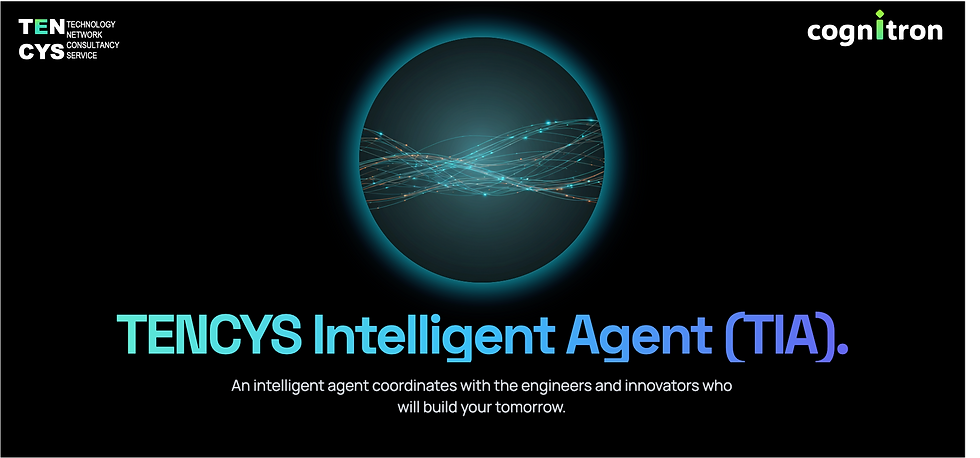The Feature Creep Conundrum: Why IT Service Providers Must Address It Head-On
- Anil Mishra

- Dec 4, 2024
- 3 min read

In the world of IT services, delivering solutions that meet client expectations and drive business impact is the ultimate goal. However, a common challenge known as feature creep often threatens to derail this process. Feature creep occurs when additional features are introduced to a project after the scope has been defined, often without a structured review process.
While it may stem from good intentions—such as enhancing user experience or meeting evolving client needs—feature creep can result in delayed timelines, inflated budgets, and strained relationships. For IT service providers like Tencys, mastering the art of managing feature creep is not just essential but critical to sustaining project success and client satisfaction.
Feature Creep in Action: A Real-World Example
Imagine a company needing a data analytics dashboard to track real-time sales performance. The original scope focuses on integrating data sources, building a dashboard with key sales metrics, and ensuring smooth visualizations.
However, as development progresses, the client requests additional features, such as:
Integration of customer feedback data.
Advanced predictive models for inventory management.
Gamification elements to motivate sales teams.
While these ideas might seem valuable, the consequences can be severe:
Timeline Impact: The inclusion of customer feedback requires additional data integration, delaying the dashboard's delivery.
Performance Issues: Advanced predictive models strain system resources, slowing down the real-time performance critical for sales monitoring.
Diluted Focus: The gamification element diverts attention from the core functionality, leaving the team juggling competing priorities.
Ultimately, the project fails to launch on time, and the client is left frustrated. The IT provider suffers reputational damage, losing trust and potentially future business opportunities.
Why Feature Creep is Ultra-Critical in Data Science
In data science, feature creep can be especially damaging due to the intricate nature of data modeling and analysis. Here’s why:
Computational Complexity: Every new feature requires additional data points, increasing processing demands and slowing the system.
Accuracy Risks: Adding unrelated metrics or models may lead to noisy data, reducing the accuracy of predictions.
Wasted Resources: Time spent on non-essential features often takes resources away from refining the core solution.
For example, a healthcare company seeking to develop a predictive analytics tool for patient readmission rates might experience feature creep if it expands the scope to include data on unrelated aspects like staffing levels or patient satisfaction. This risks diluting the tool’s focus and jeopardizing its utility for clinical decisions.
How IT Providers Can Combat Feature Creep
At Tencys, we’ve honed strategies to effectively manage feature creep, ensuring projects remain on track while delivering maximum client value. Here’s how:
1. Define the Scope Clearly
Begin every project with a detailed scope document outlining deliverables, timelines, and key milestones.
Include a change management process to handle new feature requests.
2. Engage in Regular Communication
Conduct regular check-ins with stakeholders to assess priorities and address emerging needs.
Keep the client informed about the potential impact of requested changes on timelines and costs.
3. Prioritize Features
Use prioritization frameworks like MoSCoW (Must-Have, Should-Have, Could-Have, and Won’t-Have) to distinguish critical features from nice-to-haves.
4. Establish a Change Request System
Ensure that all new feature requests go through a formal review process.
Assess each request’s feasibility, cost, and alignment with project goals before incorporating it.
5. Focus on MVP Delivery
Commit to delivering the Minimum Viable Product (MVP) first, ensuring the core functionality is robust before expanding.
Why Managing Feature Creep Strengthens Relationships
By proactively addressing feature creep, IT providers can:
Build Trust: Clients appreciate transparency and the ability to understand the trade-offs of new features.
Ensure Success: Delivering a focused, high-quality solution on time creates a strong foundation for future collaboration.
Maintain Profitability: Avoiding budget overruns protects both the client’s and the provider’s interests.
At Tencys, our approach emphasizes collaboration, accountability, and laser focus on delivering solutions that meet client needs without compromising quality or timelines.
Final Thoughts
Feature creep is a common but manageable challenge for IT service providers. When handled effectively, it can even become an opportunity to strengthen relationships and demonstrate the value of a disciplined, strategic approach.
For providers like Tencys, the stakes are especially high in domains like data science, where focus, accuracy, and computational efficiency are paramount. By defining clear boundaries, engaging in open communication, and prioritizing client goals, IT providers can ensure feature creep becomes a stepping stone, not a stumbling block, to success.





Comments